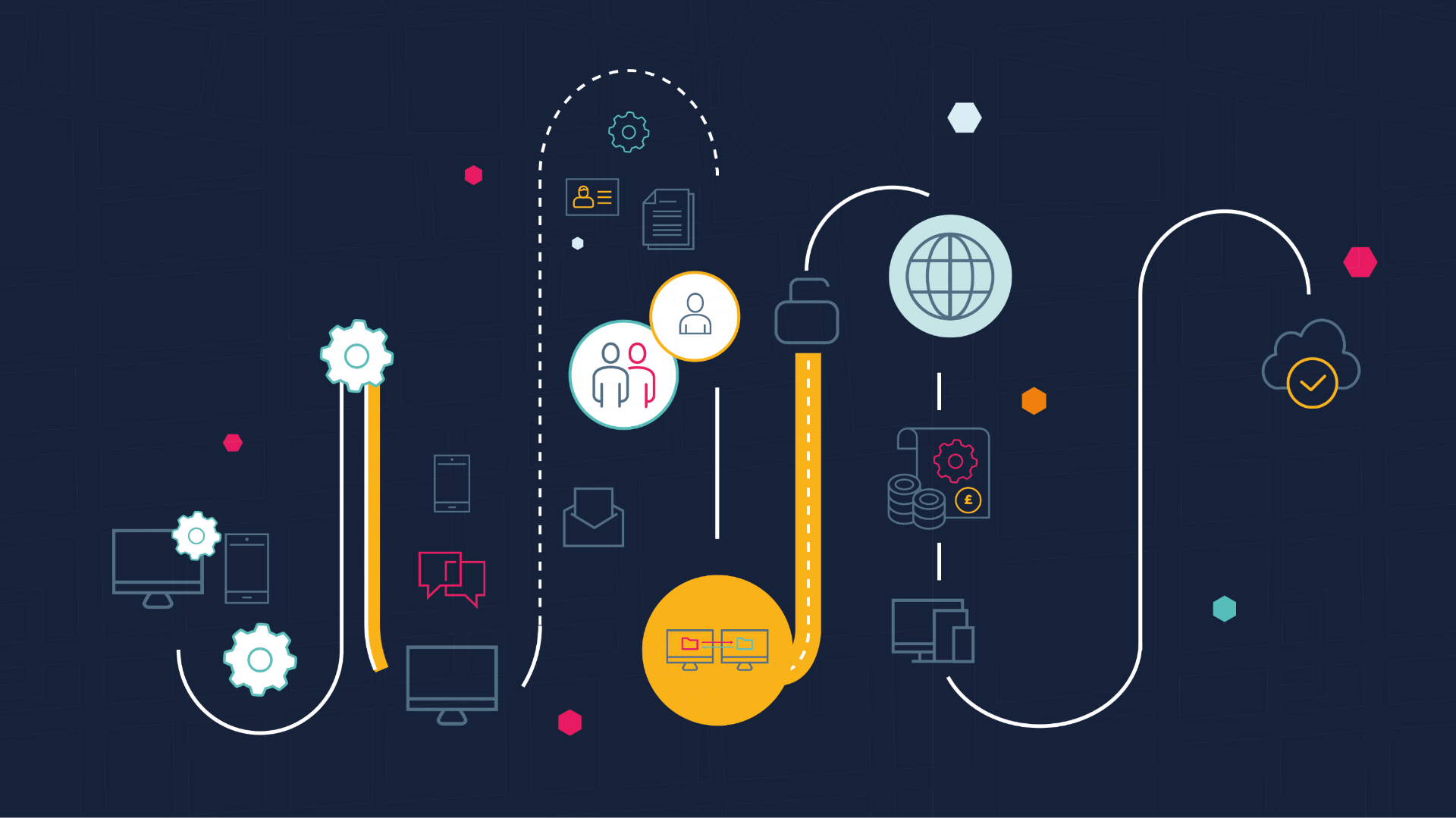Estimated reading time 5 mins
We’re moving into an era where customer expectations are changing at a breakneck speed—both in the B2C and the B2B world.
This is especially true in eCommerce where new tools seem to emerge every single day and the way we shop and discover products continuously evolves. This puts retailers in a rather precarious position where they have to constantly change and adapt while keeping their infrastructure safe and secure.
Depending on their level of digital maturity, this can be challenging for different reasons. For instance, companies that rely on a monolithic infrastructure (i.e. they have one enterprise software to handle all aspects of the business) may struggle with technical debt and may not be able to implement change fast enough. Those who sit on the composable end of the spectrum (i.e. they use best-of-breed apps) may struggle with keeping it all tight and secure.
This begs the question then—how can businesses meet customer expectations and even beat their competition without ripping their whole tech stack apart? And how can they do so securely without breaking the bank?
Monolithic vs. Composable Model
Achieving digital agility doesn’t mean that you need to part ways with your core capabilities. In fact, there are many benefits to having some form of monolithic architecture in place. Relying on a single core system means that your data is stored in a single place and it’s easier to keep it secure. You also have one vendor to go to for any issues or requests which makes the whole infrastructure management easier and simpler.
However, this model becomes problematic as soon as you start looking at growth. When you rely on a single vendor, you’re locked into their roadmap so you can’t innovate and experiment as easily. Likewise, all pieces are virtually soldered together which means that initiating any change could potentially disrupt your whole ecosystem.
Composability, on the other hand, allows you to experiment and remain flexible without making huge upfront investments in time and money. If you break down your infrastructure into its most minute components, you can move any of them to a composable model. This allows you to incrementally build an infrastructure where data from every part of your system is available to any other part without disrupting the day-to-day running of these applications.
Invest in Middleware
Once you feel ready for a more holistic implementation of composable across all of your customer touch points and back-end systems, it’s time to start thinking about your middleware.
The middleware layer is quite important for two reasons. First, it allows various apps to easily communicate with one another. Second, it allows them to do so without disrupting your IT ecosystem.
Say, for example, you’re a front end developer who’s working on a recommended product carousel. In the olden days, you’d have to go to the back-end team to ask for the data and controllers you need. This not only slows you down, but it slows down the other teams as well. If you have a middleware layer in place, though, you can simply use an API to call up all the data you need without any input from the back-end team.
In this sense, your middleware acts as the orchestration layer that holds all pieces together but at the same time allows you to plug and play with different tools without affecting how other parts of your architecture work.
Find a Partner
Composability can do wonders for your business!
Unfortunately it’s not an easy model to nail. There are so many new tools and technologies out there that sometimes it can be hard to distinguish between hype and reality. What trend is a fad and what trend actually has the power to transform your business?
This is where sourcing a good digital transformation partner can make all the difference. Composability comes with some inherent challenges like keeping a tight ship when it comes to security and making sure there aren’t any data leaks. Even if you’re tech savvy as a business, you can’t possibly keep track of it all. A good partner will ensure you follow best practice, you prioritise the right problems and you implement quick wins which can bring you immediate returns.
Embrace Risk
Finally, there’s no digital change that doesn’t start with a change of mindset. If you want to keep your tech stack flexible and perhaps gain some competitive advantage in the process you have to become comfortable with failure. Not all tools you’d set your hands on will work nor should they. That’s part of the process of building something that’s uniquely yours.
Something that is especially beautiful about the composable model is that it’s technology-agnostic. So, if you already have some internal capabilities or custom-built systems, you can still leverage those in building your composable platform. This may involve some trial and error, but that’s part of the process.
More Insights







